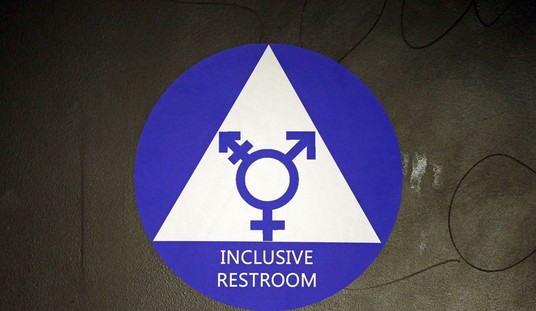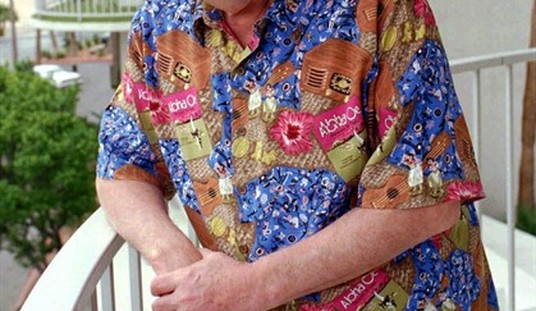“We’re stuck big time,” said an officer on the bridge of the Japanese-built, Taiwan-owned Ever Given cargo vessel after the huge ship banged against the wall of the Suez Canal and settled on the silty bottom. No one is sure yet exactly what happened. Visibility was poor and wind had picked up just prior to the accident.
But efforts now are focused on freeing the ship and clearing the blocked canal. It’s estimated that $12 billion in goods is stranded in transit and with recovery efforts making slow progress, that amount is expected to rise substantially in the coming days.
Cargo operators have the option of avoiding the canal by sailing around the Cape of Good Hope at the southern tip of Africa. But that would add nearly two weeks to the travel time and several million dollars to shipping costs.
People involved in the investigation, still in its initial stages, said it is focusing on a sandstorm and a roughly two-minute burst of wind that likely threw the vessel inexorably off course. The conduct of the ship’s captain and the canal authority are being inspected for any missteps, as is the potential for mechanical failure, according to those people.
“A burst of strong wind in a confined water space can rattle a ship,” said Fotis Pagoulatos, an Athens-based naval architect who has been part of salvage operations of other stuck vessels. “It’s like being in a tall building hit by strong air currents. You can feel the vibrations, but a ship is not planted in the ground with concrete and iron. It just floats and it can jolt to the point that you lose control.”
Up to 20,000 cubic meters of sand in the Suez Canal need to be removed to free the gigantic container ship that has been stuck there since Tuesday, according to the canal authorities. https://t.co/ezAPoGIrbl
— CNN (@CNN) March 26, 2021
Some investigators have claimed a failure of navigational equipment could have caused the accident. But those who have been through the canal and others directly involved in the investigation said that explanation strains credulity, since steering through the channel relies largely on following the line of ships.
Yiannis Sgouras, a veteran Greek captain who has crossed the canal dozens of times, said all it requires is looking at and radioing with the ships immediately in front and behind. “In some parts of the canal when it is busy, it is like rush hour in Manhattan on a single lane,” he said.
Of course, insurance claims are going to be astronomical. More than $3 billion of insurance is in place for liability claims against the owner of the grounded container ship Ever Given. But it’s likely that with 200 ships stranded in and around the canal, that $3 billion may be only a drop in the bucket.
A spokesman for the Club in the U.K., to which Ever Given belongs, said by email, “P&I insurance would cover the shipowner’s legal liability to the cargo owners.”
Still, Marcus Baker, the insurance broker Marsh’s global head of marine and cargo, said in commenting on the situation that “nothing is certain about that at this stage,” referring to payouts for costs of delays and litigation.
The disruption to supply chains won’t be felt for a while. Most of the cargo is coal, steel, rice, and grains coming from South and East Asia, including Malaysia, China, and Thailand. But eventually, the shortage of raw materials will make itself felt in consumer goods, causing prices to go up and shortages may become possible.
Is this a sign of the future? Some experts are saying that the global supply system has become vulnerable to even small disruptions, throwing the logistics industry into chaos. That may be true. If so, it’s up to suppliers to find a way to make shipping their products less of a risk at or near chokepoints like the Suez Canal.
Report: Border Crossings By Unaccompanied Children Will Rise Sharply in April










Join the conversation as a VIP Member